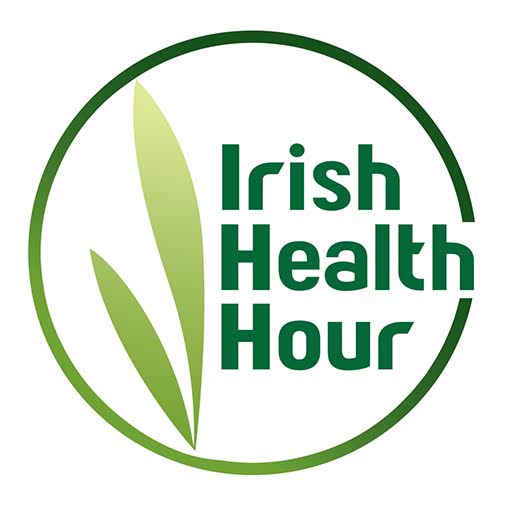Understanding the 12-Step Method to Recovery
The 12-step method of addiction recovery is a popular offering at many facilities because of its history of providing results. Before you decide on this method, you should understand what a 12-step program consists of. While it originally began as part of Alcoholics Anonymous , it’s now utilized by drug, sex, and various other addiction recovery programs.
History of 12-Step Program
The 12-step program began as part of the Alcoholics Anonymous back in 1939. Today, it’s a common practice at drug rehab centers in Colorado . The program revolves around 12 steps that are meant to help people work through their addiction at a pace that works for them. The concepts help people to come to terms with their addiction and the people that they affected during their habit.
Bill Wilson and Dr. Bob Smith, both of Akron, Ohio, are the two men who created the program. It wasn’t until 1953 that other groups besides AA could use the theory. In fact, it was in this year that .is incorporated the 12-step method.
The entire process of the 12-step program is geared toward replacing any selfishness with an increasingly growing conscious. At the end of your journey, you have a spiritual awakening.
Steps in the 12-Step Process
Although the steps in the process can be altered a bit based on religious beliefs , the program consists of admitting that you have a problem to a higher power. You admit you’re powerless over your problem and take the necessary steps to gain closure.
The first step is to dedicate yourself to surrender your will and life to God for care. If you don’t believe in God, you’re able to give yourself to another power based on your beliefs and perception of who a higher power is.
Next, you need to make a moral inventory of yourself. This means that you take note of everything that you’ve done wrong, whether it affects yourself or the people around you. Some examples include stealing and anything immoral you may have done to obtain drugs. This also includes anything you’ve done like not showing up for your children’s events.
Then, you have to admit to God and yourself the wrongs you’ve done. Unfortunately, this isn’t always the most pleasant process, but you have to address all of the wrongs you committed because of your addiction.
After, you let God know you’re ready for him to take away the negatives of your character to improve who you are. Once you complete this, you must humbly ask God to take away these negatives.
You’re then ready to make a list of anyone you might have harmed. You have to be willing to make amends with these people. This includes family, friends, and anyone else who was affected by your addiction.
Once you know who you must make amends with, you then must directly go to these people. You, however, don’t have to make amends with anyone who could possibly hurt you.
For instance, if you owe somebody money and you know they’re looking for, you don’t have to put yourself in a situation that isn’t safe for you. Not everyone may accept your apology, but it’s still important to give yourself the opportunity to clear your mind.
You must continuously take an inventory of yourself. Even if it’s something not related to your addiction, you must continually evaluate your life and admit to yourself when you make a mistake.
The next step in the process is prayer and meditation . You want to develop a relationship with God. It’ll help you improve your conscience. At this point, you want to establish a connection because you want God to help you through the process.
Finally, you want to have a spiritual awakening because of these steps. If at any point in your recovery, you come to an obstacle, you can always go back to whatever step you need and start the process all over again.
Support from a Group
While you are working on bettering yourself, you get to develop relationships with other people who share your problem. You have people to lean on when you’re feeling vulnerable . Additionally, you have people to support you if you should happen to relapse at any given time. They encourage you to carry on with your recovery because a relapse is only a temporary setback.
Deciding on a 12-Step Program
While the statistics of a 12-Step program vary from person to person, you may want to consider a 12-step program to help you find focus and forgiveness. You get a therapy program that’s part of your recovery at a facility. Not to mention, you learn about yourself and have the opportunity to learn how to forgive yourself. It has a history of use, so it’s not a new concept.
Sharon Torres is a freelance writer who is chronicling her perspective through this thing called life.
